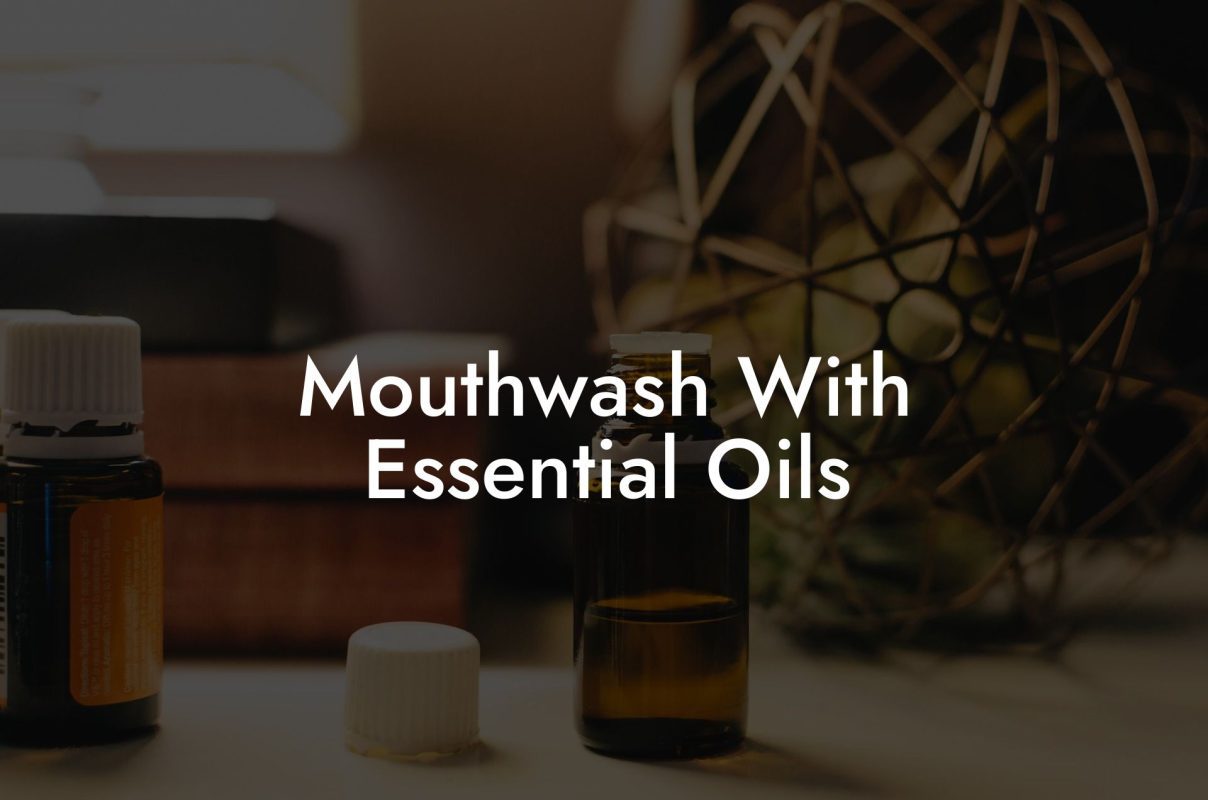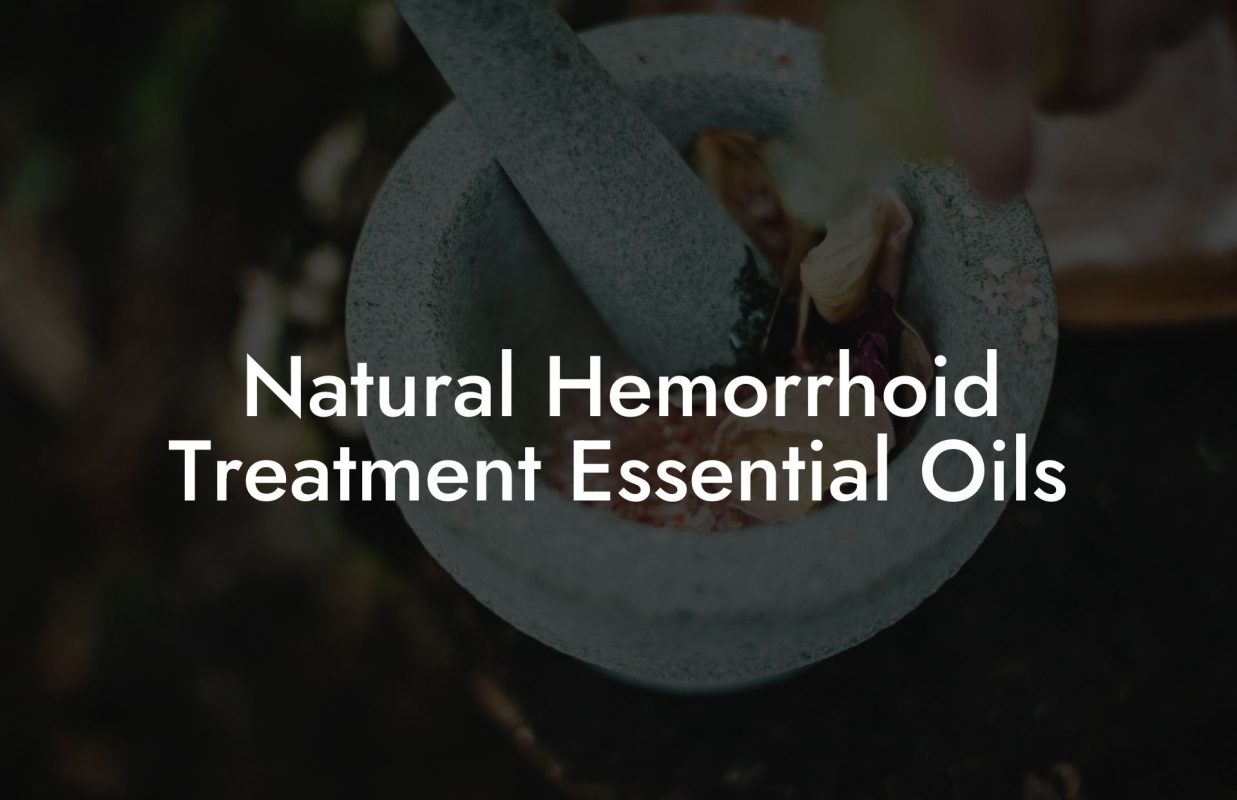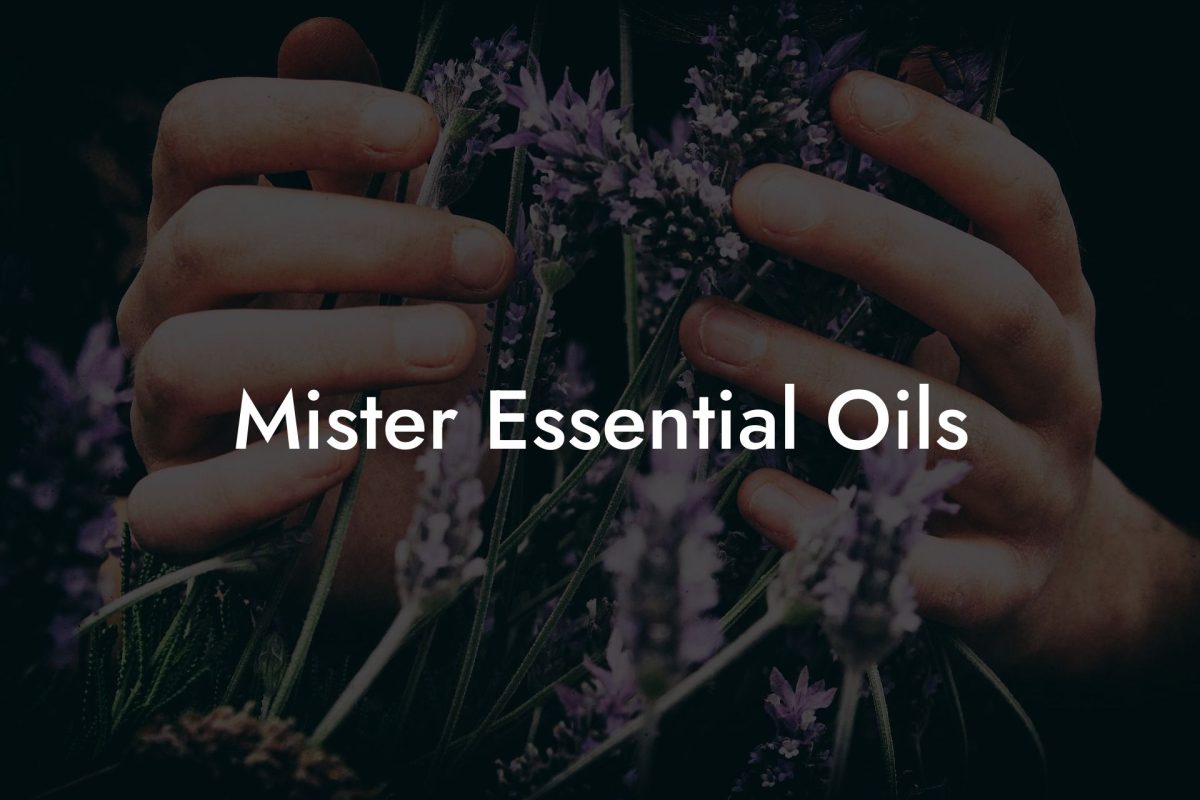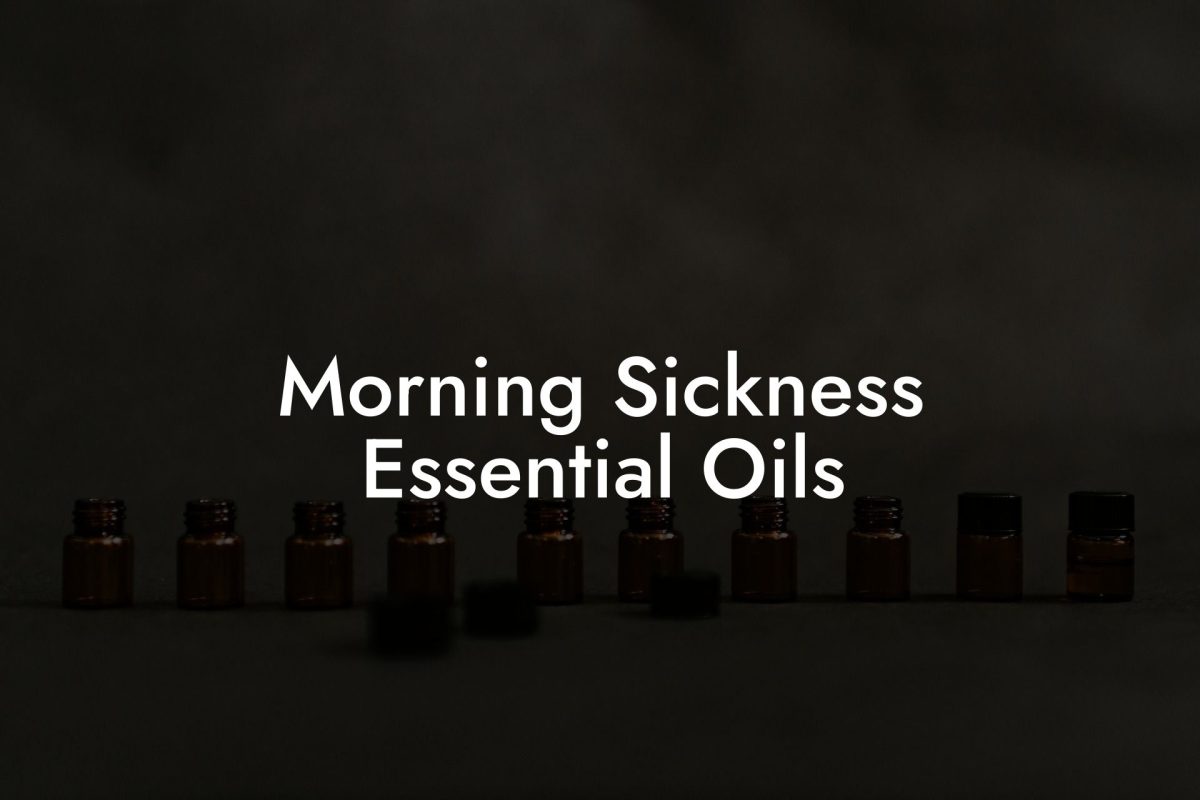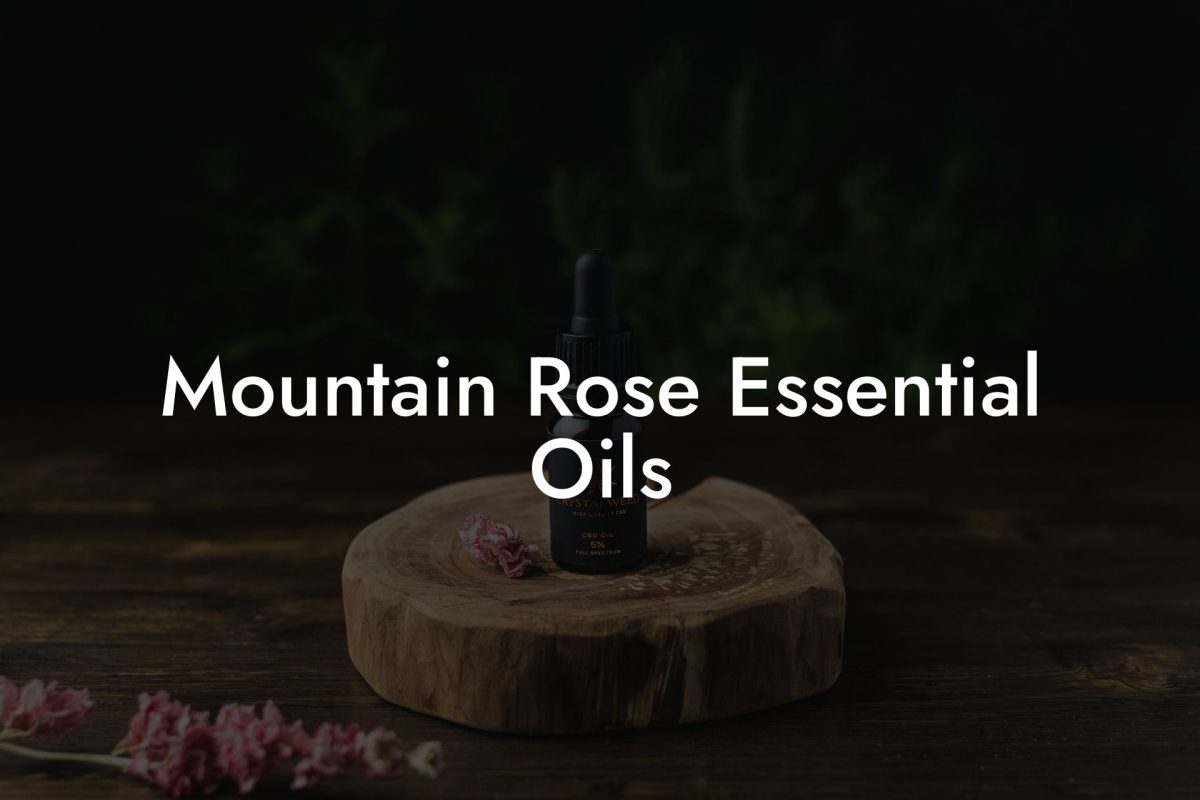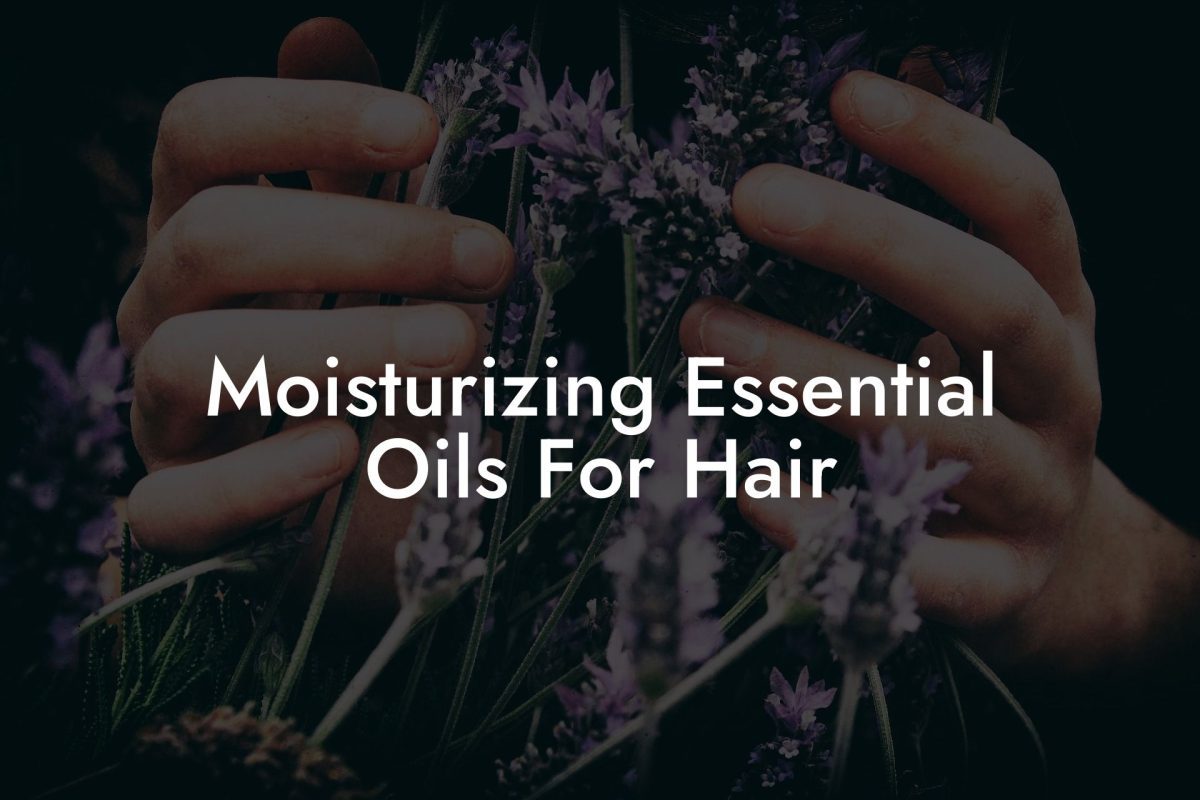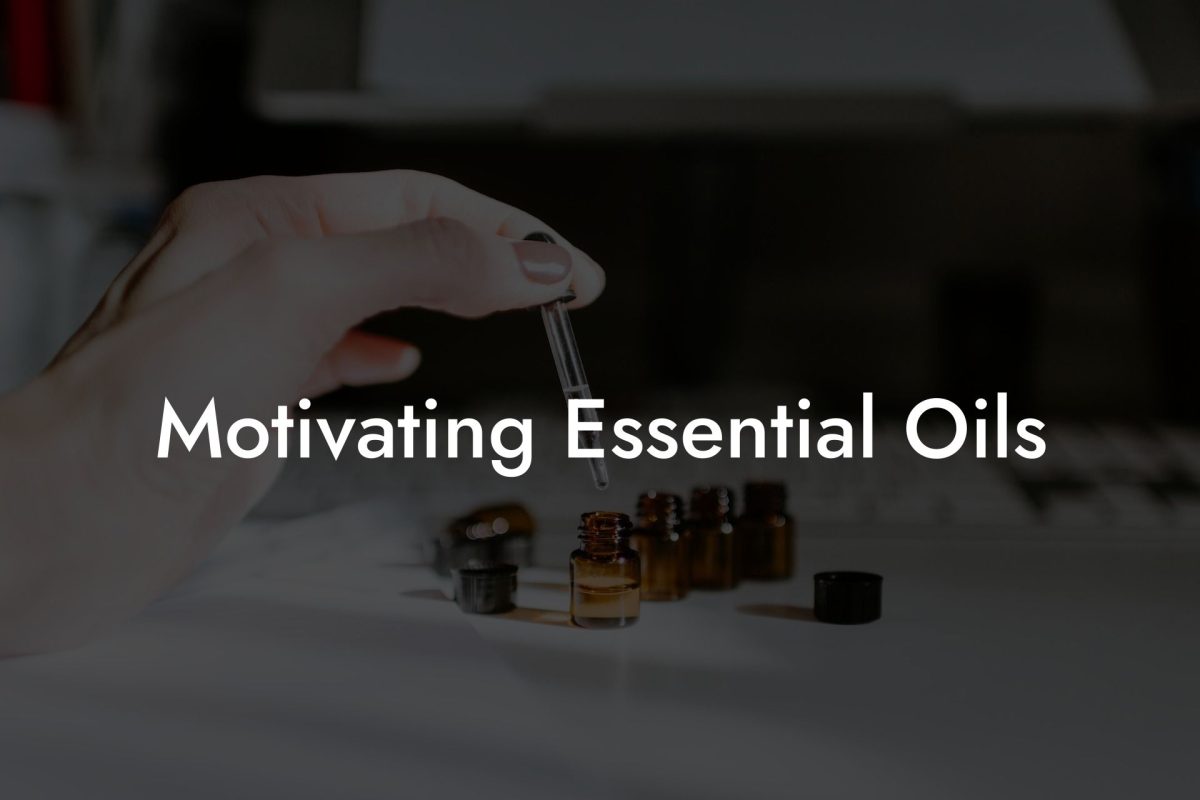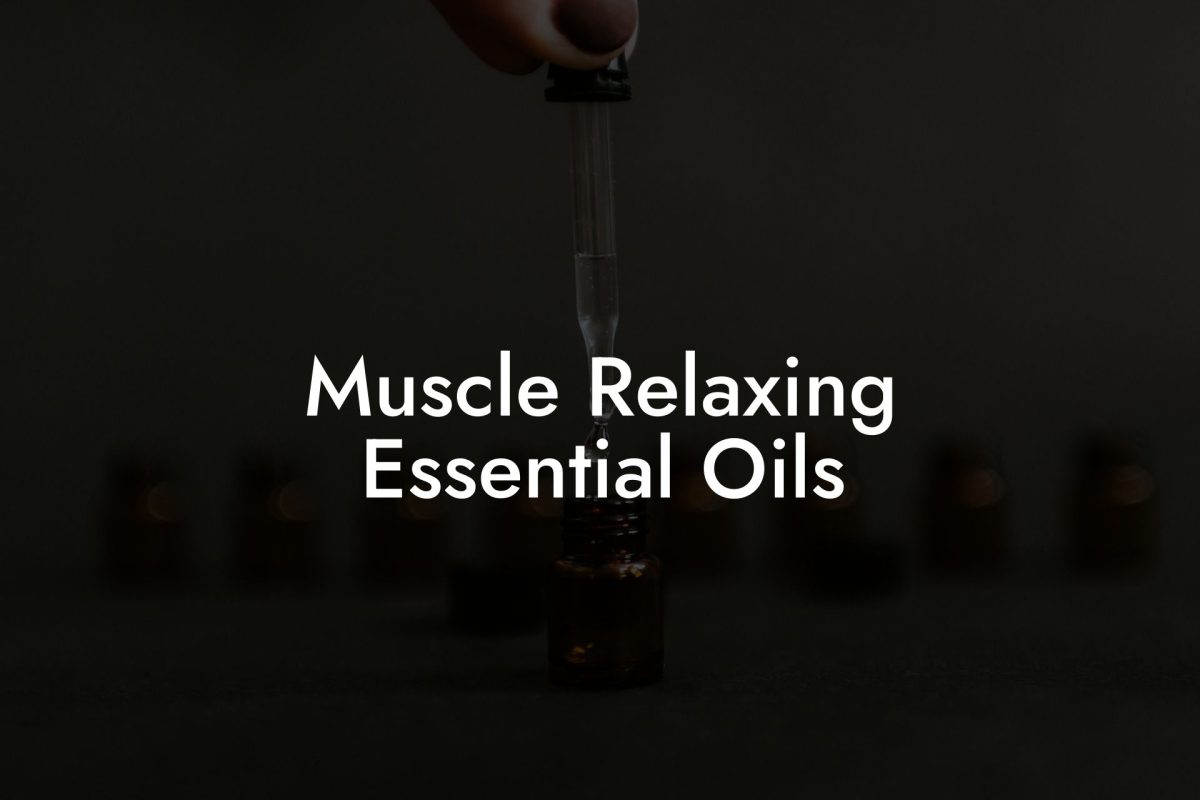Are you tired of using the same old essential oils in your diffuser, or perhaps you’re in search of other natural alternatives to enhance your environment? Look no further! We’ll share some exciting options that you may not have considered to incorporate into your diffuser. You’ll be pleasantly surprised by the versatility of your diffuser and how it can elevate your mood, improve your health and transform your living or working spaces.
Table of Contents
Different Substances You Can Use In Your Diffuser
While essential oils remain the primary choice for most diffuser users, there is an array of other substances you can experiment with to experience unique benefits and pleasant scents. Below are some popular alternatives to essential oils:
Fragrance Oils
Fragrance oils, also known as aroma oils or perfume oils, are synthetic scents derived from chemicals that mimic various natural and artificial aromas. These oils tend to be more affordable and have longer-lasting scents than essential oils. Note that fragrance oils may not provide the same therapeutic benefits as essential oils, but they can deliver pleasant aromas for your home or work environment.
Herbs and Spices
- Dried Herbs: You can use dried herbs like lavender, rosemary, or chamomile in your diffuser by placing them on a wooden, ceramic, or glass dish on top of the water reservoir. The heat will gently release the herb’s natural fragrance, creating a soothing atmosphere.
- Spices: Spices like cinnamon, clove, and nutmeg will not only make your home smell wonderful but also provide natural antiviral, antibacterial, and anti-inflammatory properties. Simply grind the spices and add a small amount to the water reservoir of your diffuser.
Homemade Blends
You can create your blends by combining ingredients like dried citrus peels, flower petals, and herbs. Mix your chosen ingredients in a jar, add a bit of your favorite carrier oil, and let it sit for two weeks. After two weeks, strain the mixture and add a few drops to your diffuser for a personalized scent experience.
Hydrosols
A hydrosol, also known as a hydrolat or floral water, is a byproduct of the essential oil distillation process. It contains water-soluble plant compounds, and a lighter, milder aroma than essential oils. Hydrosols like rose, lavender, and chamomile can be added directly to your diffuser for a delicate, refreshing scent.
What Can You Put In A Diffuser Besides Essential Oils Example:
Imagine it’s a cozy autumn evening, and you’d like to create a warm, inviting ambiance in your home. You decide to make a special blend for your diffuser by combining dried orange peels, cinnamon, and clove.
First, collect some orange peels and let them dry for a few days. Next, grind your dried orange peels and mix them with ground cinnamon and cloves in a small jar. Add a tablespoon of carrier oil and let the blend sit for two weeks.
Once the two weeks have passed, strain your mixture and add a few drops of the concentrated blend to your diffuser. Turn the diffuser on and let the warm, comforting aroma fill your home, bringing you a sense of contentment and relaxation.
Now that you’re equipped with a variety of alternative substances to use in your diffuser, you can let your creativity soar and tailor your home or work environments to suit your moods, preferences and daily needs. Be sure to share this article with anyone looking to explore new and exciting ways to use their diffuser. And, as always, don’t forget to check out Oshu Oils’ blog for an extensive range of helpful guides on essential oils and aromacology and discover the unique range of artisan essential earth oils that Oshu Oils has to offer. Happy diffusing!


